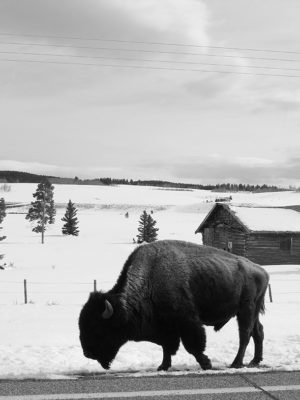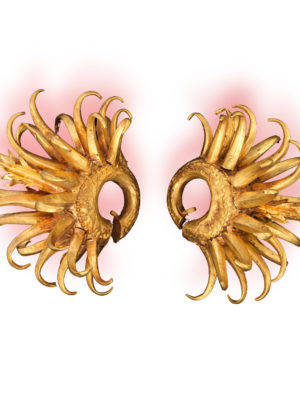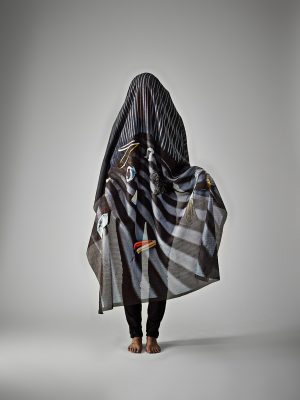‘But whereas survivalism finds its justification in fear of disaster, it is often covertly motivated by a desire to escape the ambiguities specific to life in the present.‘
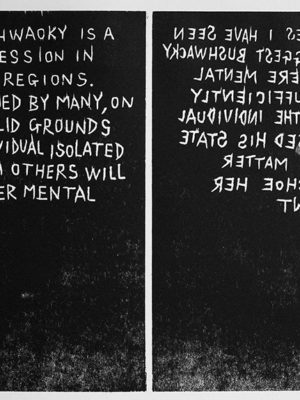
___STEADY_PAYWALL___
The various contributors to the book show a deep kinship to the life in the woods, as described by writer and poet Henry David Thoreau in Walden and Mathematical professor and serial killer Ted Kaczynski a.k.a. the Unabomber. The distinction is made between people with a romantic resilience to handle the situation and those with a nervous disposition. ‘In contrast to the hostile environment envisioned by the survivalist, the pastoral describes a benign nature, accommodating the needs and desires of humans.’ Through both theoretical and immersive contemplations the book opens up to many creative and discursive aspects surrounding survivalism. Outlining the art of connecting to the world while minimizing exposure.
It’s the story of loners, escapists and hermits thinking up their next cunning re-entry into the world of the living. The undercurrent of muted optimism that is noticeable in the writing and imaginative imagery shown throughout the book, reveals the writers disarming, tool-free, hands-on approach. It inspires a true collaborative effort by various writers focusing on the intrinsic aspects of isolation. It is successful in vocalizing antiphonies of silence and visualising disparate attempts to form a guide to getting lost. The book takes the phrase ‘getting out of the woods’ and carefully redefines it as an actual area of expertise.
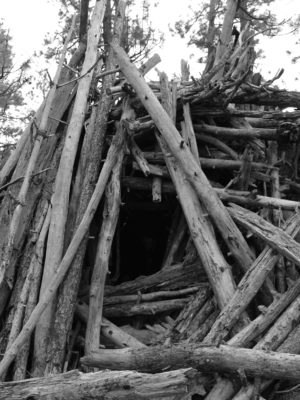
SELF-AWARENESS
The following text is an excerpt from Wilderness Survival – A Guide for the Aesthetics of Survivalism
Native Americans believed that young boys should embark on a Vision Quest after having reached a certain age. Walking on his own in nature, in complete isolation, while fasting and meditating, the boy would enter into a trance state with guidance and knowledge from a supernatural force or spirit. This guiding force would often reveal itself physically as an animal—what Native Americans referred to as a Power Animal—and the powerful traits and characteristics of that animal would empower the young man, enabling him to complete his journey.
We could learn a lot from the Native American tradition of the Vision Quest in our pursuit to attain self-awareness. Remove yourself from your usual surroundings and distractions and find a quiet place where you can meditate and listen to your self. Spend your time appreciating the beauty of wherever you are and contemplate every aspect of your surroundings. Time spent alone enables you to notice the small things in life, effectively clearing the mind and lifting the spirits, and allows for the mind to focus inward. Think of the Power Animal as a metaphor for your strongest qualities and talents; in order to fully realize your abilities, it is necessary to be self-aware.
We all have goals and ideas about what we expect to accomplish with our lives. Sometimes these goals can run into conflict with society’s ideas about how success and happiness are defined and measured. At the same time, the pressures emanating from our social environments can lead us to doubt our self-worth, decrease our confidence, and ultimately undermine our talents. It is important to have a realistic self-image, to not overestimate your own strengths nor undermine your innate qualities and talents.
Many cultures traditionally employ hallucinogens during Vision Quests, using, for example, peyote, salvia, or ayahuasca in ceremonial contexts due to their mind-altering nature. It is believed in these societies that in order to outgrow habits and free your mind—to truly become self-aware—one must enter into a psychedelic trance state. Psychedelic psychotherapy is common in many religious ceremonies throughout the world and has been used for centuries.
These drugs are believed to facilitate a beneficial exploration of the psyche. Hallucinating and exploring the mind through trance can be very healthy, but be aware that it should only be used as a mind-opening experience and not as an escape route. If you feel limited in your ability to reach full self-awareness, it might be useful to try hallucinogens, but I would recommend making this a single journey, while further practicing self-realization through non drug-induced sessions of isolation and meditation. You are naturally more vulnerable during a psychedelic trance state; not only does your mind become more cloudy, but your body is also affected physically by the drugs, potentially leading you to feel weak, sick, or lose your balance and not be able to perform well. This is not a desirable state to be in when facing the wilderness in a survival mode, so think carefully about when, where, and how, if at all, you should use hallucinatory drugs.
It is never too late for a Vision Quest, and I believe that you can actually have several Vision Quests in your lifetime. Whenever you feel in doubt or led astray, isolation and meditation can reacquaint you with yourself.
I once got lost in the woods. I was just scattering about and didn’t feel like I had gone that far. But just as I was following a scent I could not recognize, I suddenly found myself deep in the woods until I couldn’t notice the smell anymore. At first I thought to myself that I knew this area well enough that my sudden disorientation shouldn’t be a cause of concern, but then I remembered a story from my childhood. It was about this young boy who had followed a cat into the forest through his backyard. His parents had seen him play with the cat earlier, but didn’t notice him taking off into the wild. One week later, they found his jacket—they never found the boy. They suspected that wild coyotes had maybe gotten to him. I really wanted to get back on track and find my way out of the forest, but as the sky grew darker it became more difficult to recognize anything that might have indicated clues as to where I was. I began to breathe heavily and became very nervous. I would not be eaten by coyotes (there weren’t any coyotes here), I was not going to freeze to death (it was not cold enough), and I would not starve— I would surely find my way back before that. But being alone in the dark and unknown sent shivers up my spine and made my thoughts run wild. I sat down and considered all possible dangers with a rational mind; nothing crucial came up. Then, I imagined myself rising up from my sitting spot and flying over the tree line. I could still see myself sitting down there on that stump and if I turned my head to the right, I could see the road. I took a deep breath and noticed all of the particles in the air, lifted myself up and walked home.
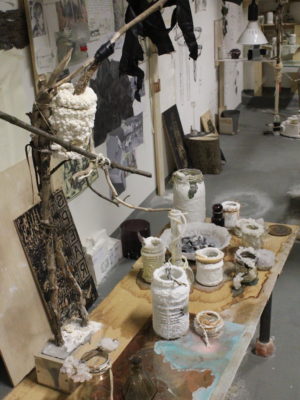
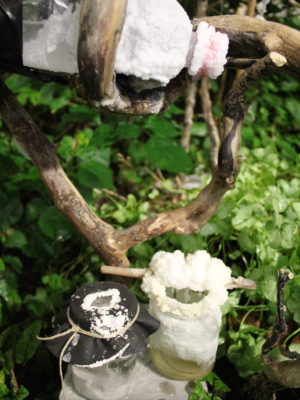
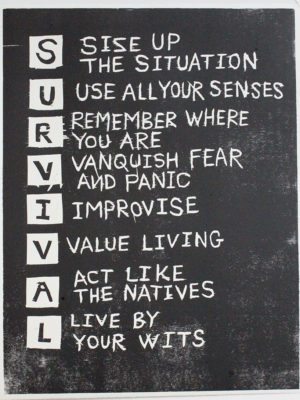
Onomatopee, 2015
Paperback, 144 p.
Edition 750
Onomatopee is a publishing and presentation space based in Eindhoven, NL. with a focus on visual culture. Its’ projects are disseminated through exhibitions and publications that mediate between discourse and dialogue. Onomatopee does so in order to stimulate public awereness on the currents and forms of our culture, on how we position ourselves through and within and how we read its signs and symptoms.
Onomatopee’s publications can be purchased online via: www.onomatopee.net
This article was first published in #4 Supernatural Issue of Current Obsession Magazine, 2015. You can order the issue here
